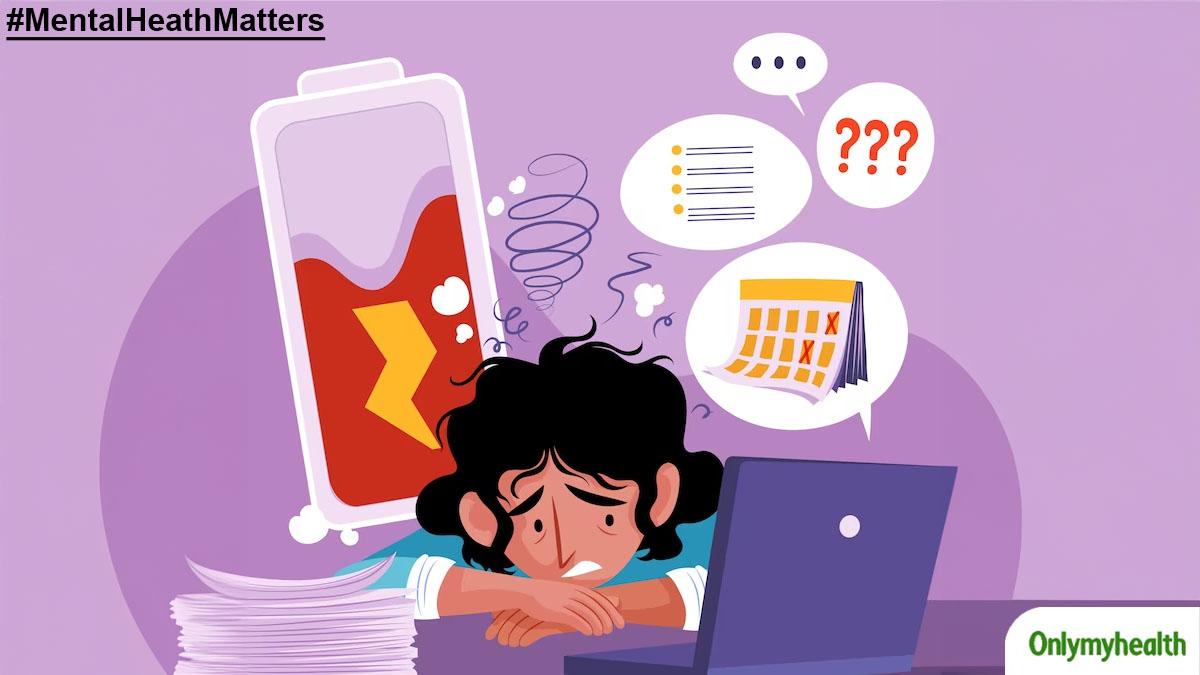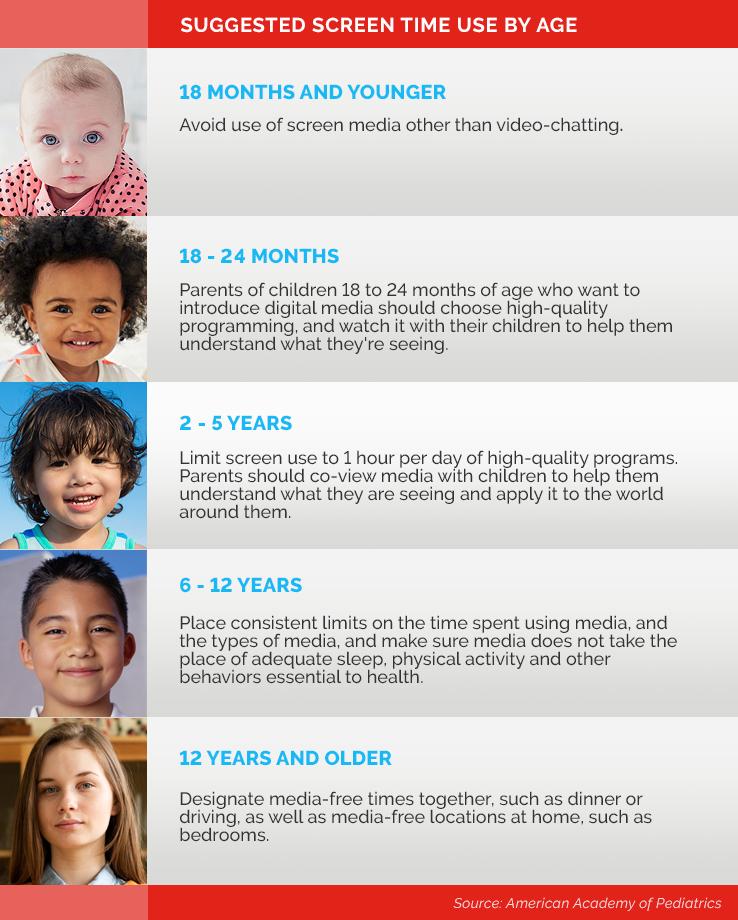In today’s digitally-driven world, screens have become an integral part of our daily lives, from the moment we wake up to the notifications that greet us on our smartphones, to the endless hours spent in front of computers and televisions. While technology offers unparalleled conveniences and connectivity, an increasing body of research raises concerns about the potential health implications of excessive screen time. From impacting our physical health to influencing our mental well-being, the pervasive presence of screens demands a closer examination. In this article, we will delve into the multifaceted effects of prolonged screen exposure, exploring everything from eye strain and sleep disruption to anxiety and social isolation. Join us as we unravel the complexities of our screen-saturated lifestyle and uncover ways to cultivate a healthier relationship with technology.
Table of Contents
- Understanding the Impact of Screen Time on Mental Health
- Evaluating Physical Consequences Associated with Prolonged Screen Use
- Practical Strategies for Reducing Screen Time in Daily Life
- Creating a Balanced Digital Lifestyle for Improved Well-being
- In Retrospect
Understanding the Impact of Screen Time on Mental Health

Excessive screen time has been increasingly recognized as a contributor to various mental health challenges. Research has shown a correlation between prolonged exposure to screens and issues such as anxiety, depression, and social isolation. When individuals consume content passively or engage in social media for extended periods, it can distort their perceptions of reality and interpersonal relationships. This disconnect from real-world interactions may leave many feeling inadequate or overwhelmed, often leading to a decline in emotional well-being.
Moreover, screen time often disrupts vital routines, such as sleep patterns and physical activity, further compounding mental health issues. The blue light emitted by screens has been demonstrated to interfere with the production of melatonin, making it difficult to achieve restorative sleep. Additionally, a sedentary lifestyle, fueled by extended screen use, can lead to feelings of lethargy and low self-esteem. It’s crucial to develop a balanced approach to screen engagement, prioritizing healthy boundaries and awareness of consumption habits. Some strategies to mitigate these impacts include:
- Setting time limits on device usage.
- Engaging in regular physical activity to boost mood.
- Practicing mindfulness to cultivate a deeper connection with the present moment.
- Encouraging face-to-face interactions with friends and family.
Evaluating Physical Consequences Associated with Prolonged Screen Use

Prolonged screen use can significantly impact physical health, manifesting in various ways that can be detrimental to overall well-being. Eye strain, often referred to as digital eye strain or computer vision syndrome, is one of the most common complaints associated with excessive screen time. Symptoms include headaches, blurred vision, and dry eyes. Additionally, many users may experience an increase in musculoskeletal issues such as back pain, neck tension, and repetitive strain injuries due to poor posture during prolonged periods of screen engagement. Incorporating regular breaks and ergonomic setups can help mitigate some of these effects.
Furthermore, extended screen time can interfere with sleep quality and result in sleep disorders, as the blue light emitted by screens disrupts the production of melatonin, the hormone responsible for sleep regulation. This can lead to a cycle of fatigue and increased reliance on screens, worsening the physical effects. Below is a table summarizing some of the physical consequences associated with excessive screen time:
| Physical Consequence | Symptoms |
|---|---|
| Eye Strain | Headaches, blurred vision, dry eyes |
| Musculoskeletal Issues | Back pain, neck tension, repetitive strain |
| Poor Sleep Quality | Insomnia, fatigue, mood swings |
Practical Strategies for Reducing Screen Time in Daily Life
Finding balance in our tech-driven world is essential, and implementing practical strategies can facilitate significant reductions in screen time. Set designated tech-free hours when family or friends gather, allowing for deeper connections without the distraction of devices. Engage in outdoor activities like hiking, biking, or sports that naturally draw attention away from screens while also promoting physical health. Additionally, you can schedule tech breaks during the day; short intervals spent away from screens can re-energize your mind and improve focus upon returning. consider leveraging screen time management apps to track usage and set limits that encourage mindful consumption.
When tackling screen time for children, it is vital to be proactive. Create a shared family rule regarding screen usage that everyone adheres to, fostering a collective effort towards limiting time. You can also implement screen-free zones in the home, such as bedrooms and dining areas, promoting habits that prioritize face-to-face interaction. To encourage alternative activities, curate a list of engaging hobbies—such as reading, drawing, or board games—that both children and adults can enjoy together. The key lies in making intentional choices about the use of technology, ultimately leading to healthier lifestyles for the entire family.
| Strategy | Impact |
|---|---|
| Designated Tech-Free Hours | Strengthens personal connections. |
| Outdoor Activities | Promotes physical health. |
| Screen Time Management Apps | Encourages mindful consumption. |
| Shared Family Rules | Fosters group responsibility. |
| Screen-Free Zones | Enhances interaction quality. |
Creating a Balanced Digital Lifestyle for Improved Well-being
In today’s fast-paced digital environment, finding a way to enhance our well-being while engaging with technology is vital. A balanced digital lifestyle emphasizes moderation and mindfulness in our online interactions. Here are some crucial strategies to cultivate this balance:
- Set Screen Time Limits: Designate specific hours of the day for screen use and stick to them.
- Engage in Physical Activities: Incorporate regular exercise into your daily schedule to counterbalance the effects of sitting for prolonged periods.
- Practice Mindfulness: Use apps that encourage meditation or relaxation exercises during breaks from screen time.
- Prioritize Face-to-Face Interaction: Whenever feasible, opt for real-life conversations over virtual ones.
Tracking screen time and understanding its impact on daily life can illuminate patterns and highlight areas for improvement. A useful tool for this is the simple tracking table below, helping you monitor your usage and its correlation with well-being metrics:
| Day | Screen Time (Hours) | Physical Activity (Minutes) | Mood Rating (1-10) |
|---|---|---|---|
| Monday | 6 | 30 | 7 |
| Tuesday | 5 | 45 | 8 |
| Wednesday | 7 | 20 | 5 |
| Thursday | 4 | 60 | 9 |
| Friday | 8 | 15 | 4 |
Balancing screen time with offline activities is essential for physical health and mental resilience. By proactively managing our digital consumption, we can foster a lifestyle that supports long-term well-being and enhances our overall quality of life.
In Retrospect
As we navigate our increasingly digital world, it’s essential to recognize the health implications of excessive screen time. While technology offers remarkable benefits, unchecked usage can lead to a range of physical and mental health issues, from eye strain and poor posture to anxiety and disrupted sleep patterns.
Ultimately, awareness and moderation are key. By understanding the risks associated with prolonged screen exposure, we empower ourselves to make informed choices that prioritize our well-being. Consider implementing regular breaks, setting limits, and prioritizing face-to-face interactions to strike a healthier balance in your daily life.
As you reflect on your own screen habits, remember that it’s not about completely cutting out technology but rather about finding harmony. The path to enhanced well-being lies in adopting mindful practices that promote both a connected and healthy life. Let’s take these insights to heart, ensuring that our screens serve us, rather than hinder us, in our quest for a balanced existence. Thank you for joining us in this important conversation about screen time and health. Stay informed, stay mindful, and take care of yourself.



